Search
Search Results
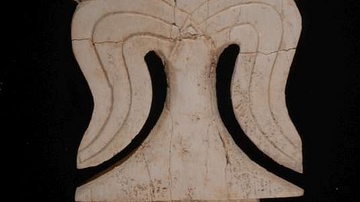
Image
Sacred Tree Furniture Inlay
This object is an ivory furniture inlay depicting a sacred tree. It was excavated from Samaria and dates to the Iron Age II (9th–8th century BCE). It has a width of 9.9 cm and a diameter of 6.5 cm. (The Israel Museum, Jerusalem) ©The Israel...
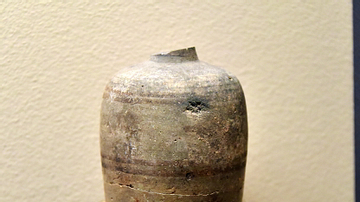
Image
Ammonite Pottery Bottle
Carrot-shaped bottle, burnished and decorated with horizontal bands. This characteristic type was probably made for special liquids, such as cosmetics or medicinal oils. Locally made in an Assyrian form, such bottles link up with the general...
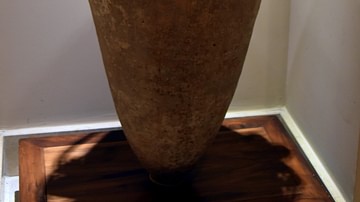
Image
Transportation or Storage Jar from Madaba
Large jar built up with coils of clay and then trimmed upside down on the wheel. Its base is tapered making the form similar to a plumb-bob when hanged by the handles. This type of jar was commonly associated with administrative and trade...
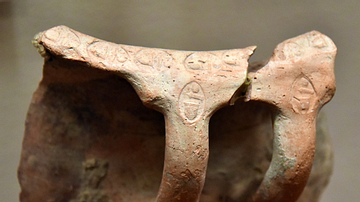
Image
Stamped Pottery Jar from Tell al-Khulayfi
An oval seal impression repeated on the rim and handles of a large jar. Seal impressions are official guarantees of the jars and their contents; therefore, stamped jars indicated the presence of a local administrative center and trade relations...
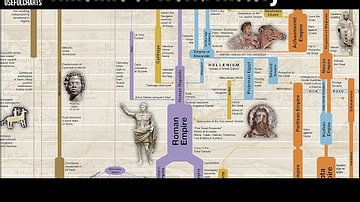
Video
Timeline of World History | Major Time Periods & Ages
A timeline of world history, chronicling major events and historical eras.
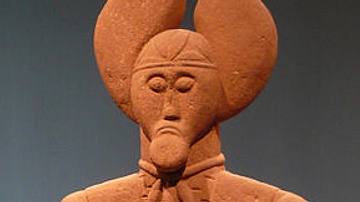
Image
Prince of Glauberg
The so-called "Prince of Glauberg" is a life-sized sandstone statue of a Celtic ruler from modern day Glauberg, Germany. The "Prince of Glauberg" is depicted with a mail tunic, a wooden shield and a sword, indicating his status as a warrior...
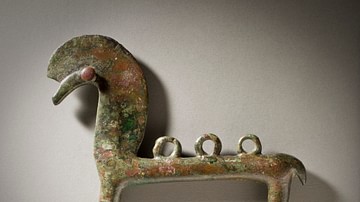
Image
Bronze Villanovan Harness Piece
A bronze horse harness piece from the Villanovan culture of central Italy. 9th-8th century BCE. (Los Angeles County Museum of Art)
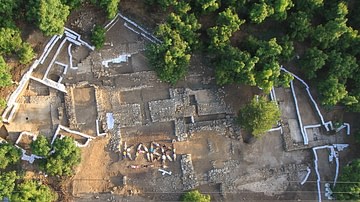
Article
Archaeological Excavations at Tel Kabri
Tel Kabri is an archaeological site in northwestern Israel that is best known as the location of one of the largest palaces in Canaan in the Middle Bronze Age or "MB" (ca. 2,000–1,500 BCE). Although Tel Kabri reached the height...

Article
The Stonehenge Burials
A great deal has been written about why the prehistoric monument of Stonehenge, in Wiltshire, southern England, was constructed. Perhaps it was designed as a temple to the ancestors, an astronomical calendar, a healing centre or a giant computer...

Article
Prehistoric Hunter-Gatherer Societies
Hunter-gatherer societies are – true to their astoundingly descriptive name – cultures in which human beings obtain their food by hunting, fishing, scavenging, and gathering wild plants and other edibles. Although there are still...